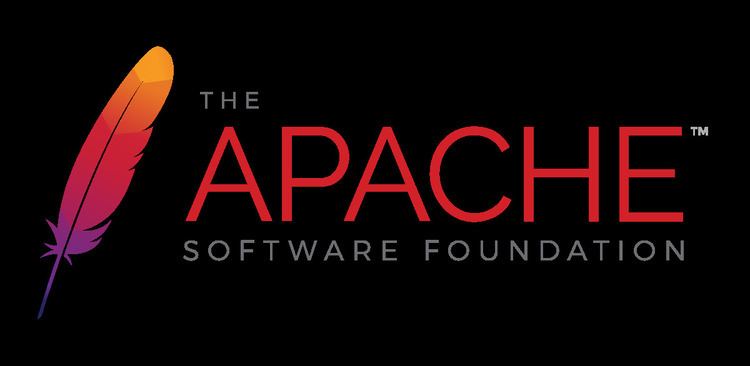Original author(s) | Written in Java (primarily) | |
 | ||
Developer(s) Apache Software Foundation Stable release 4.9.0 / June 25, 2016; 7 months ago (2016-06-25) Operating system | ||
CloudStack is an open source cloud computing software for creating, managing, and deploying infrastructure cloud services. It uses existing hypervisors such as KVM, VMware vSphere, and XenServer/XCP for virtualization. In addition to its own API, CloudStack also supports the Amazon Web Services (AWS) API and the Open Cloud Computing Interface from the Open Grid Forum.
Contents
History
CloudStack was originally developed by Cloud.com, formerly known as VMOps.
Cloud.com was first registered in 1992 as a BBS system offering telnet, ftp, lynx, gopher and archie services, "Cloud City Online" by John Bilik in Lake Zurich, Il. The domain was hijacked several years later and sold multiple times.
A company called VMOps was founded by Sheng Liang, Shannon Williams, Alex Huang, Will Chan, and Chiradeep Vittal in 2008. The company raised a total of $17.6M in venture funding from Redpoint Ventures, Nexus Ventures and Index Ventures (Redpoint and Nexus led the initial Series A funding round). The company changed its name from VMOps to Cloud.com on May 4, 2010, when it emerged from stealth mode by announcing its product. Cloud.com was based in Cupertino, California.
In May 2010, Cloud.com released most of CloudStack as free software under the GNU General Public License, version 3 (GPLv3). They kept about 5% proprietary. Cloud.com and Citrix both supported OpenStack, another Apache-licensed cloud computing program, at its announcement in July 2010.
In October 2010, Cloud.com announced a partnership with Microsoft to develop the code to provide integration and support of Windows Server 2008 R2 Hyper-V to the OpenStack project.
In July 2011, Cloud.com was acquired by Citrix Systems. The CloudStack software then became available under Apache Software License and further development governed by the Apache Foundation.
Citrix purchased Cloud.com on July 12, 2011, for approximately $200 million. In August 2011, Citrix released the remaining code under GPLv3 and continued moving towards more open processes. In February 2012, Citrix released CloudStack 3.0. Among other features, this added support for Swift, OpenStack's S3-like object storage solution. In April 2012, Citrix donated CloudStack to the Apache Software Foundation (ASF), where it was accepted into the Apache Incubator; Citrix changed the license to the Apache License version 2. As part of this change, Citrix also ceased their involvement in OpenStack. On November 6, 2012, CloudStack 4.0.0-incubating was announced, the first stable release after joining ASF. On March 20, 2013, CloudStack graduated from Apache Incubator and became a Top-Level Project (TLP) of ASF. The first stable (maintenance) release after graduation is CloudStack 4.0.2.
Key features
Supported hypervisors
BareMetal hosts
Deployment architecture
The minimum production installation consists of one machine running the CloudStack Management Server and another machine to act as the cloud infrastructure (in this case, a very simple infrastructure consisting of one host running hypervisor software). In its smallest deployment, a single machine can act as both the Management Server and the hypervisor host (using the KVM hypervisor).
Multiple management servers can be configured for redundancy and load balancing, all pointing to a common MySQL database.
Users
In July 2012 it was reported that Datapipe launched the largest international public cloud to be built on CloudStack, which included 6 data centers in the USA, Britain, and Asia.
Apache CloudStack has a number of users:
